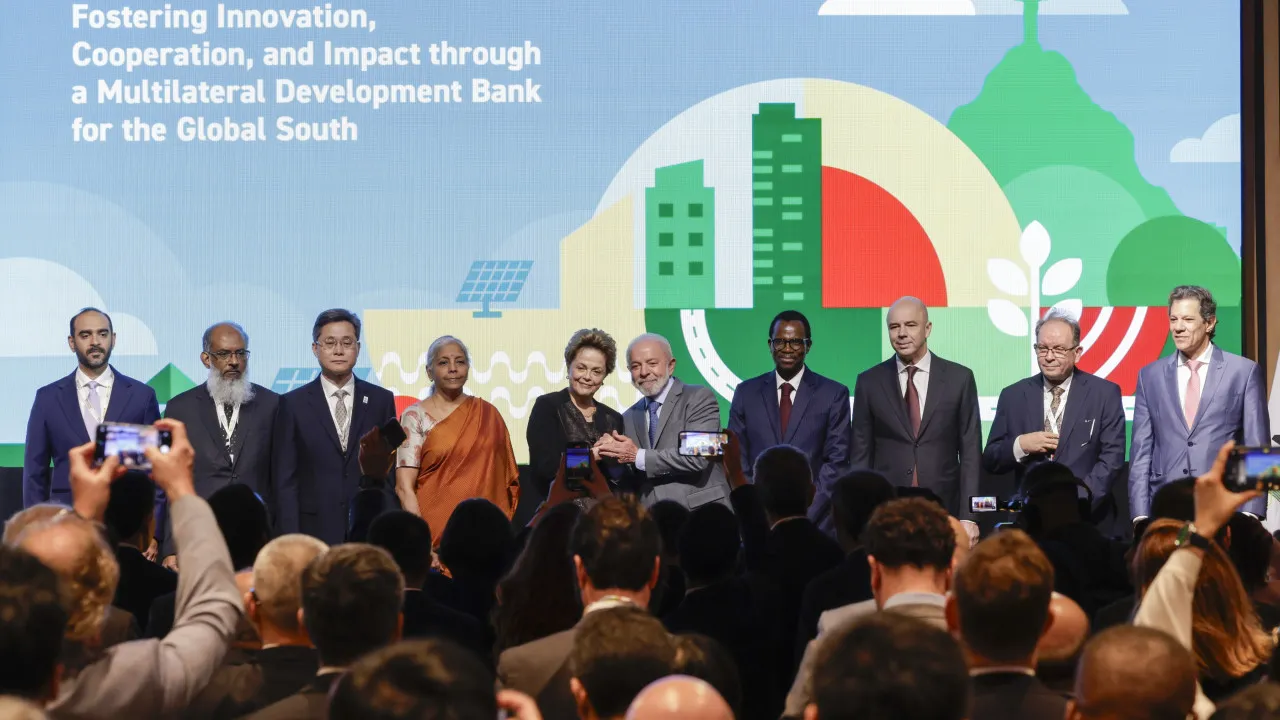Innovation, territorial entrepreneurship and skills are decisive factors for territorial competitiveness.
“Innovation is the creation and development of new products, services or processes, the improvement of organization and their introduction into economic activity”, José Apolinário, President of the Commission for Coordination and Regional Development of the Algarve (CCDR), IP.
In Portugal 2030, the Region has earmarked 257.1 million euros (M€) to support businesses, SMEs, science and innovation.
The use of endogenous products, as in the case of Carob World, an SME developing a drink based on carob, a Mediterranean product well adapted to the region, is a good example of valorization of an endogenous product with a strong innovation component.
To support companies, calls for productive innovation are now open under the ALGARVE 2030 regional program, a European fund managed by the Region.
The first notices of the Portugal 2030 incentive programs to support productive innovation in micro, small and medium-sized enterprises (SMEs) have been launched.
A total of 10 million euros is available for investment projects in the Algarve that contribute to improving the productive capabilities of SMEs and developing innovative, digital and sustainable solutions, based primarily on R&D results and increasing skilled employment.
The aim is to stimulate innovative business investment, promote a change in the economy’s specialization profile and strengthen its competitiveness through differentiation, diversification and innovation.
The investments to be supported must be aimed at producing new goods and services, or significantly improving current production, through the transfer and application of knowledge. Alternatively or complementarily, they may also be aimed at the adoption of new or significantly improved manufacturing, logistics and distribution, organization or marketing processes or methods.
Projects must involve an investment of between €250,000 and €25 million, and the rate of support can be up to 40% of the eligible, non-refundable cost.
For example, tangible assets, including the purchase of machinery and equipment, can be supported, provided they are directly linked to the company’s innovation project.







